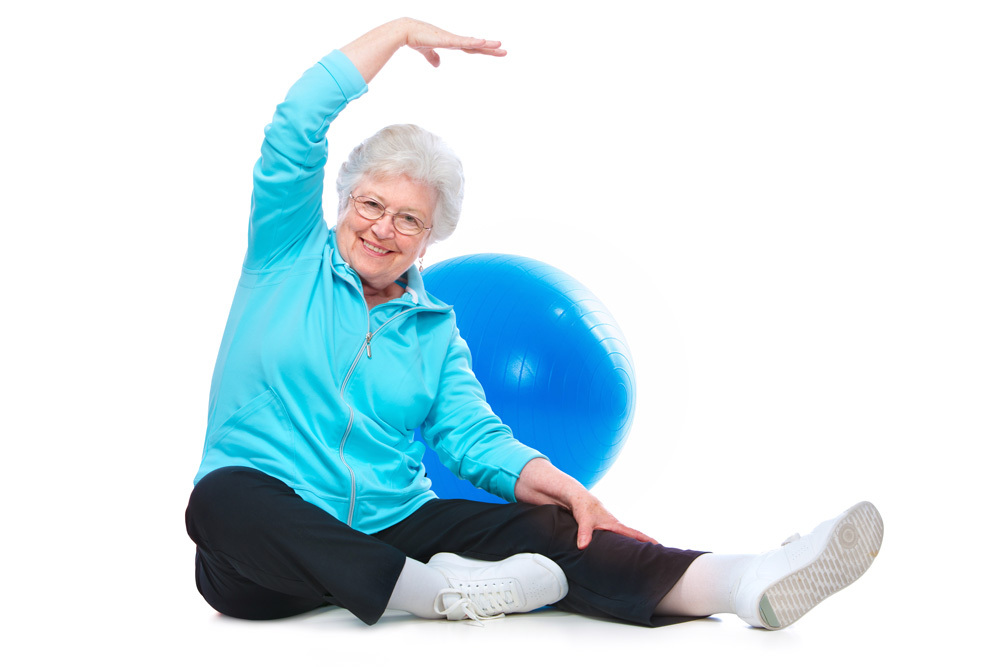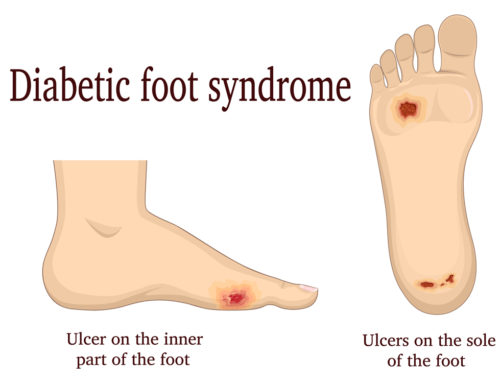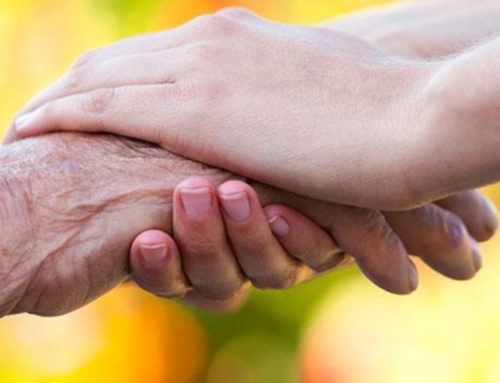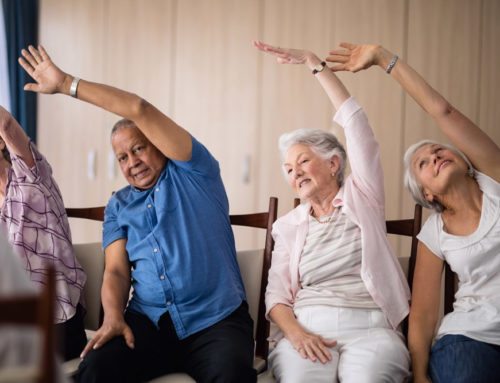Arthritis And Joints: What Happens If You Don’t Exercise
Arthritis is a debilitating disease and if left untreated, it progresses rapidly. So, follow your doctor’s advice and do everything possible to slow its progression. Exercise and physical therapy are absolutely vital for arthritis and joints to keep your body flexible and strong and to reduce pain.
However, exercising doesn’t mean you need to be able to do something extreme as even a moderate amount of regular exercise will help you to reduce the feeling of fatigue and pain. If you have rheumatoid arthritis as opposed to osteoarthritis, you may already find that exercise helps to keep pain at bay.
Physical therapy and exercises help to target pain, build on muscle strength, boost energy levels and improve the range of motion.
So, what happens to your arthritis and joints if you don’t exercise?

1. You will have more pain
If you don’t exercise you may find that your joints feel more stiff and painful. It’s important to keep the tissue and muscles surrounding your bones strong to support these bones.
2. Your muscles will weaken around your arthritis joints
If you don’t exercise, your supporting muscles will weaken and this places even more stress on your joints.
3. Your bones will weaken
A lack of exercise if you have arthritis will cause your bones to become brittle. In turn, this means they are more likely to fracture. It is also important to understand the causes of arthritis in adults.
The best exercises for arthritis and joints
Choose an exercise that you enjoy to keep you motivated. You need to pick something that is low impact to avoid putting unnecessary stress on your joints while cycling or swimming.
Start with regular but small amounts of exercise and build this up gradually. This will prevent injuries and help to build your fitness and stamina at the same time.
To build on your exercise increase:
- The duration
- The frequency
- The Intensity
Remember to warm up before you begin any exercise and warm down once you have finished.
The different types of exercises you could consider:
Strengthening exercises for arthritis and joints
Strengthening exercises help you strengthen your muscles which support your joints. Strengthening exercises are crucial simply because your joints may end up causing you pain if you have weak muscles.
Although you may feel like you don’t want to move when you are in pain, you will make your symptoms worse if you avoid exercising.
Pilates and yoga are a good example of a stretching exercise. They help to improve posture as well as keep your joints the right position.
Stretching exercises
Stretching exercises help to keep your joints moving effectively. By stretching your muscles and joints you will reduce aches and pains.
Fitness exercises
Fitness exercises can help with arthritis and joints as well as keep your heart healthy:
- Walking – Walking puts weight on your legs which helps to strengthen your bones.
- Swimming – Water supports the joints and therefore makes it easier to use them.
- Cycling – Cycling is great for overall fitness as it also helps to strengthen the knees.
- Gym – The different equipment available in a gym can be used to make the muscles stronger. Speak to a fitness instructor who should be able to provide you with advice on the best exercises to suit arthritis and joints.
This article contains informational and educational materials and does not replace health or medical advice. For questions or concerns regarding your medical condition or health objectives, speak to a qualified physician or healthcare provider.






Leave A Comment